Christmas letter templates
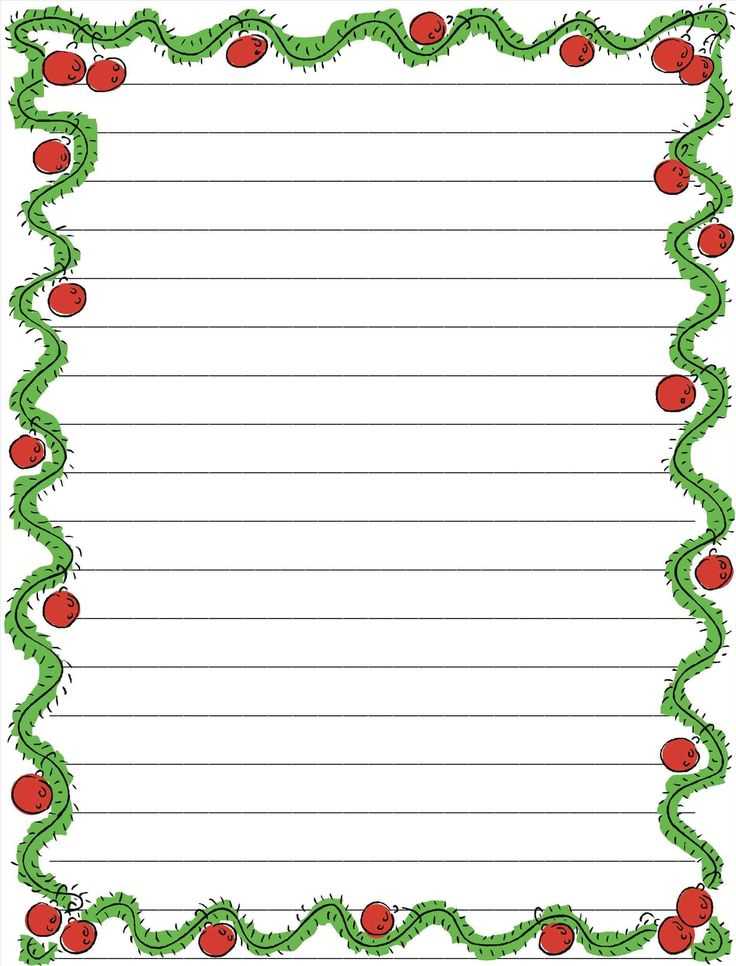
Creating a heartfelt Christmas letter doesn’t have to be difficult. Whether you’re writing to family, friends, or colleagues, a well-crafted letter can convey warmth and good wishes. Choose a template that matches your personal style, and adapt it to make your message unique. A simple structure with an opening, a meaningful middle, and a festive closing makes for a great letter.
Start with a friendly greeting. Address the recipient by name to give the letter a personal touch. If you’re unsure of what to write, a warm “Happy Holidays” or “Merry Christmas” can set the tone. Then, share a memorable moment from the year or express your gratitude. This shows the recipient that you’re thinking of them in a meaningful way.
Conclude with a genuine closing. A simple line like “Wishing you peace and joy this holiday season” or “Looking forward to another year of friendship” ties the letter together. Personalize the template with your own voice, ensuring it feels like a direct message to the person you’re writing to. Keep the tone light, sincere, and full of holiday cheer!
Creating Personalized Holiday Greetings
Use specific details about the recipient’s life and interests to craft a unique message. Acknowledge memorable moments from the past year or share an inside joke to strengthen the personal touch. Personalization makes the greeting feel thoughtful rather than generic, showing that you put effort into making it special.
Highlight Shared Experiences
Incorporate references to shared memories, whether it’s a fun trip, a project you worked on together, or a family gathering. Remind the recipient of how these moments made the year brighter. This approach makes the message resonate more deeply and feel less formal.
Tailor Your Tone
Adjust the tone of your message based on your relationship. If you’re close friends or family, a lighthearted, casual style will feel more authentic. For colleagues or acquaintances, keep it warm and professional. Tailoring your tone ensures the greeting feels fitting and personal.
Choosing the Right Tone for Your Letter
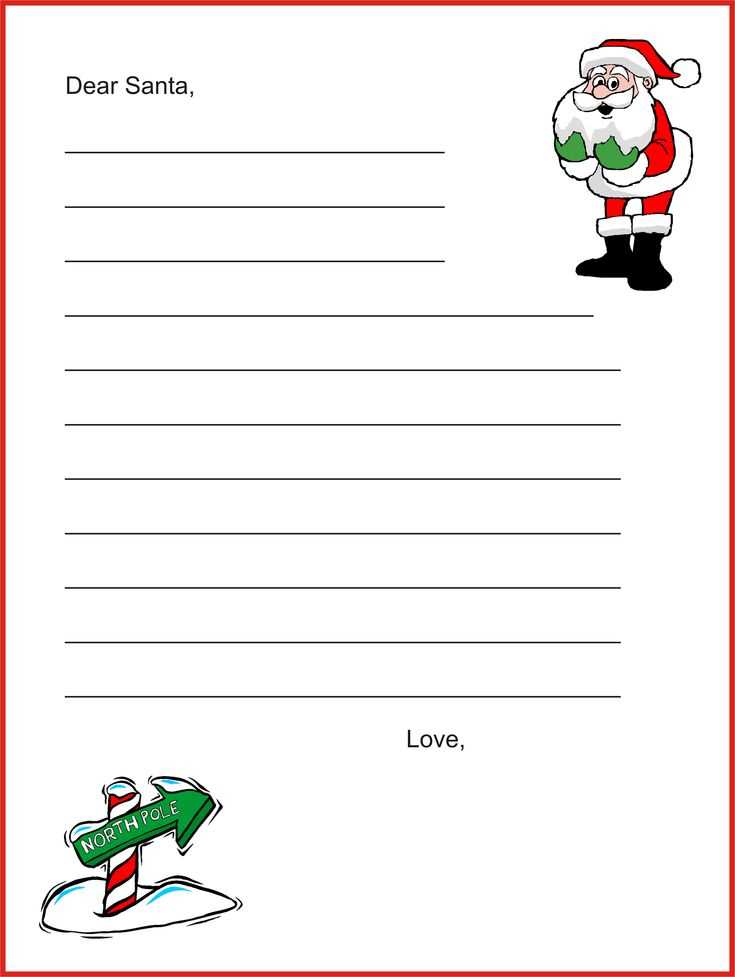
Consider the recipient’s personality and your relationship with them. A formal tone works well for colleagues or clients, while a more casual approach suits close friends and family. Match your language with the level of familiarity you have with the person, but ensure it’s warm and sincere.
Formal Tone
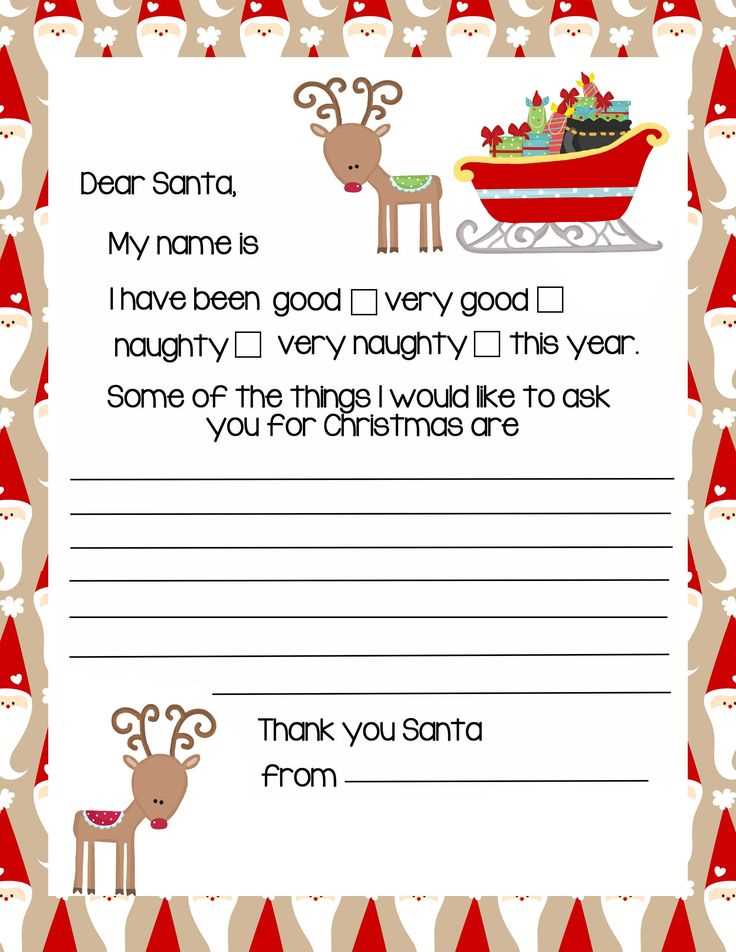
When writing to business contacts or acquaintances, keep your tone respectful and polite. Use clear language without being overly stiff. Acknowledge the festive season with warmth, but avoid overly personal remarks. A formal tone balances professionalism and seasonal cheer.
Casual Tone
For friends and family, feel free to relax your language. Personal touches, shared memories, and inside jokes make your message feel authentic. Use a lighthearted tone, but stay sincere. Keep the message positive and heartwarming, reflecting your relationship.
Whatever tone you choose, keep it true to your style. A letter should reflect who you are and convey genuine feelings, whether it’s through the formality of the words or the ease of a familiar phrase.
Designing Your Letter Layout
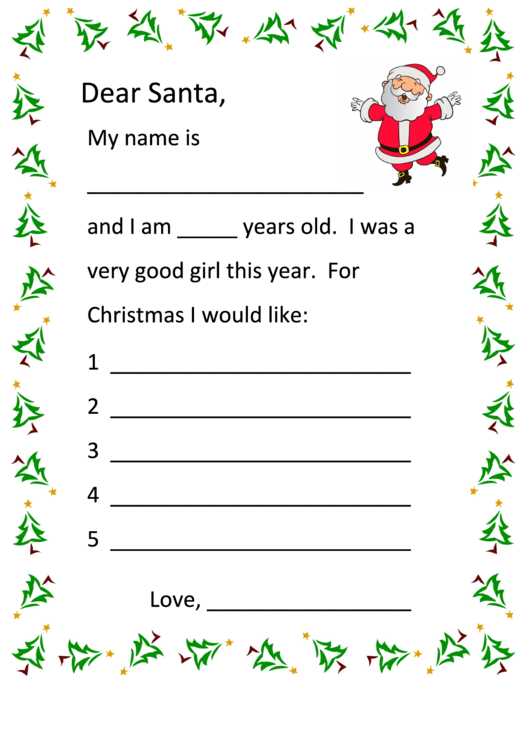
Align your letter’s structure with your intentions. Focus on clarity and warmth. Make it easy for the recipient to read and feel welcomed. Keep the design simple and intentional.
Use of White Space
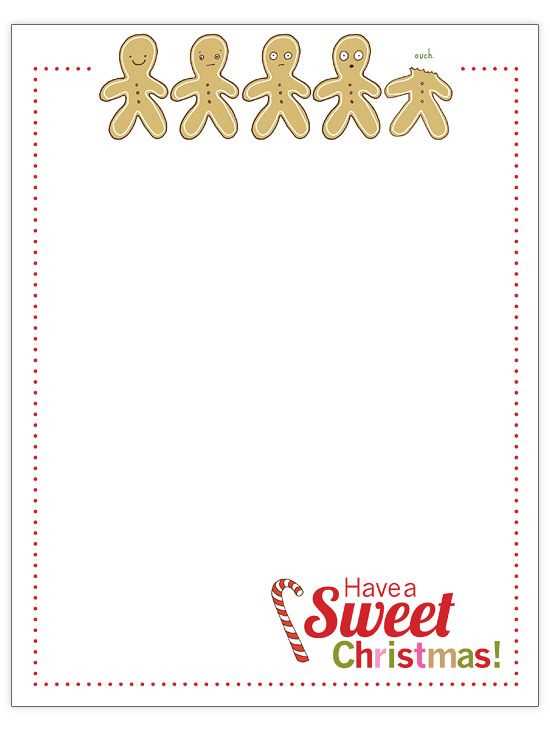
Proper spacing prevents your letter from feeling cluttered. Use margins generously and keep paragraph breaks clear. Each section should have breathing room, ensuring that the text is not overwhelming.
Font and Typeface Selection
Choose fonts that are legible and appropriate for the occasion. Opt for serif fonts like Times New Roman for a formal touch or sans-serif fonts like Arial for a more modern feel. Keep the font size between 10 and 12 points for readability.
| Font | Style | Use Case |
|---|---|---|
| Times New Roman | Serif | Formal, traditional |
| Arial | Sans-serif | Casual, modern |
| Georgia | Serif | Elegant, easy to read |
Choose your tone carefully through the layout. If you want a cheerful feel, use rounded fonts or a larger font size for headings. For a more formal letter, stick to a more restrained, minimalistic approach.
Including Seasonal Quotes and Messages
Choose quotes that resonate with the festive spirit and reflect your message’s tone. Select sayings that highlight warmth, joy, and togetherness. Incorporating these into your letter adds a personal touch that invites reflection and connection. Quotes from famous figures or classic holiday poems can inspire a sense of nostalgia, while contemporary messages may offer a fresh perspective on the season.
Keep your audience in mind. A lighthearted quote might be perfect for a casual message, while something more profound can suit a more serious or heartfelt letter. Ensure the words you choose align with the sentiment you want to convey.
To strengthen your message, add a short, personalized note after the quote. This way, the quote doesn’t stand alone but complements your unique message. For example, follow a festive quote with a sentence that connects it directly to the recipient’s qualities or your shared experiences.
For a more intimate touch, consider including lines from your favorite holiday songs or personal family traditions. This creates a sense of familiarity and warmth that formal quotes may lack.
How to Address and Format Envelopes
Place the recipient’s address in the center of the envelope. Write it in clear, legible handwriting or use a printed label. Ensure the address is properly formatted with each component on a new line.
Address Formatting Guidelines
- Start with the recipient’s full name.
- Write the street address on the second line.
- Include the city, state, and ZIP code on the third line.
- If necessary, add the country name at the bottom, especially for international mail.
Return Address
Place the return address in the top left corner of the envelope. This helps the post office return the letter in case it cannot be delivered.
- Start with your name.
- Follow with your street address and city, state, and ZIP code.
Use a clear and appropriate font size for printed labels. If hand-addressing, write with black or blue ink to ensure clarity. Avoid excessive embellishments that could distract from the main information.
Common Mistakes to Avoid in Holiday Letters
Avoid generic phrases. Personalize your greeting and express specific thoughts or memories that reflect your relationship with the recipient. Clichéd lines like “I hope you’re doing well” can make your letter feel impersonal.
Overloading with Details
While it’s tempting to share every update, focus on the most meaningful moments. Select key events or reflections that will resonate with the reader rather than overwhelming them with excessive information.
Ignoring the Tone
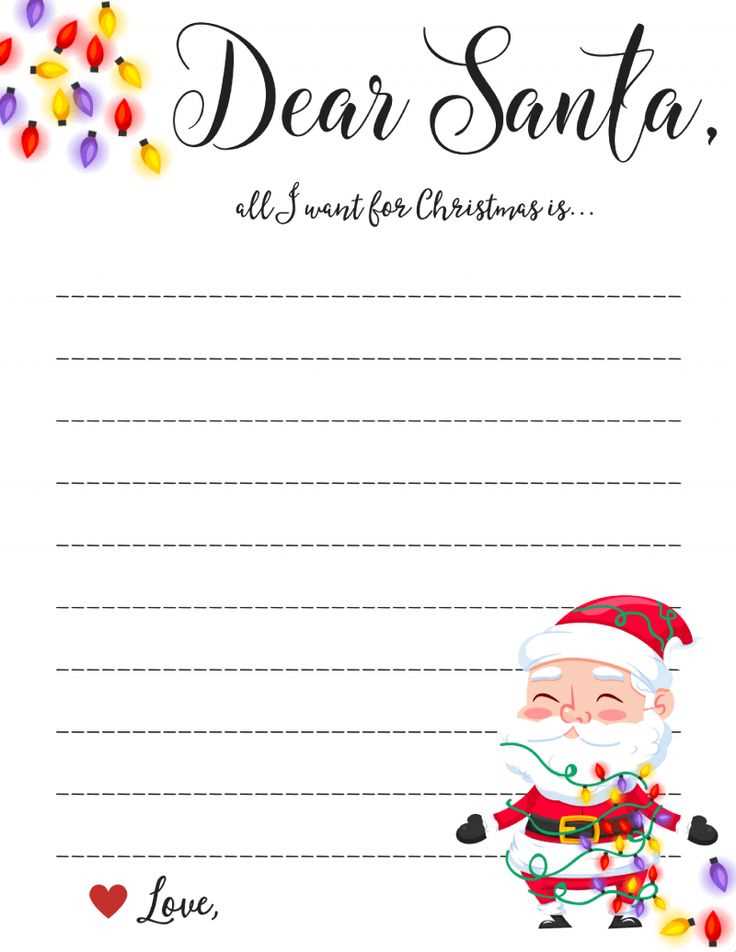
Balance warmth with respect. A letter can be heartfelt without being overly sentimental or too casual. Tailor your language to the recipient, ensuring that the tone matches the nature of your relationship.